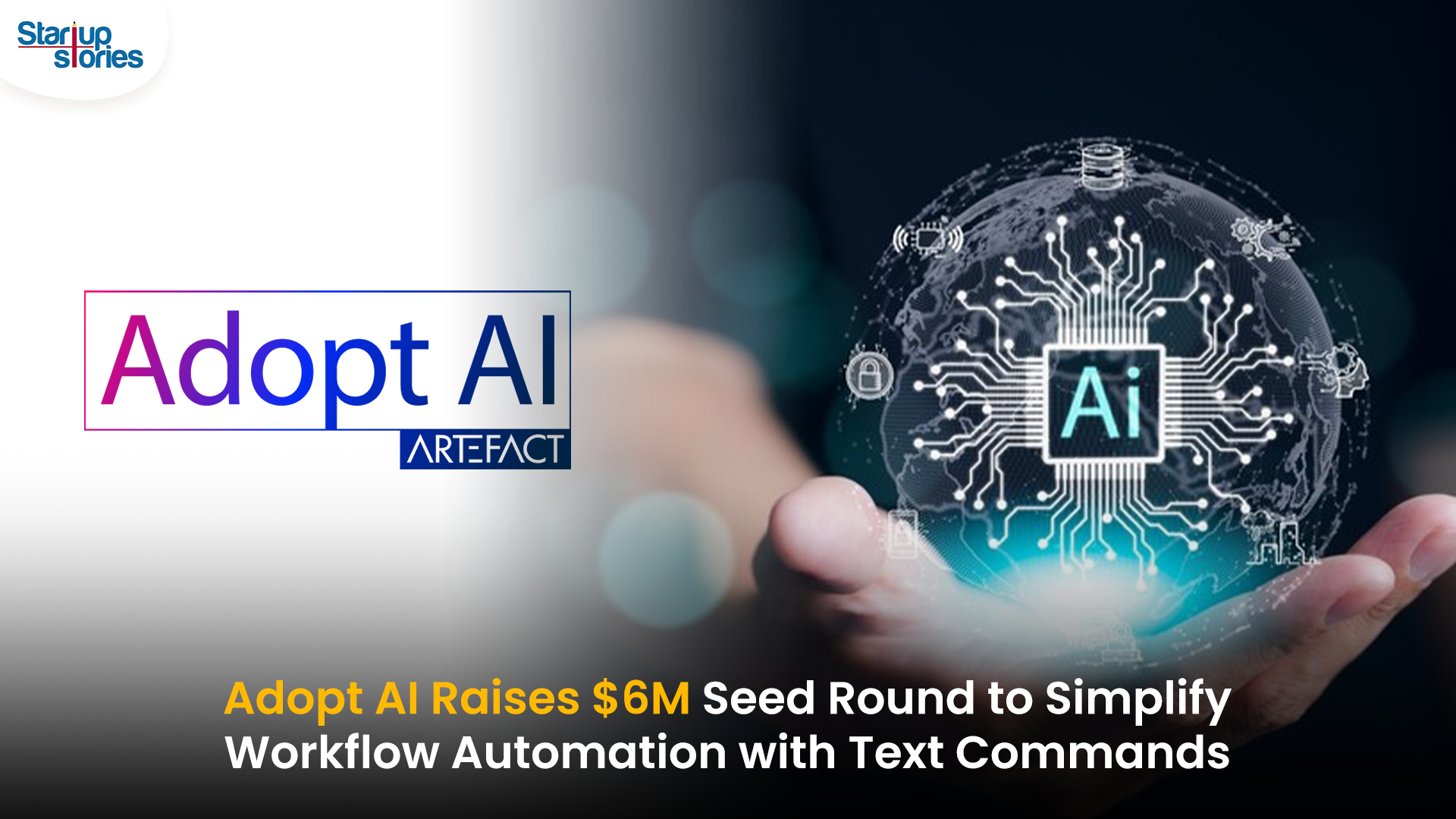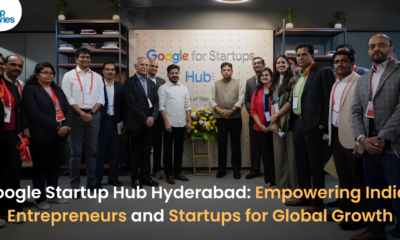Artificial Intelligence
Apple Sets Sights on Smart Home Market with New Devices and ‘homeOS’

Apple is making a major push into the smart home space, aiming to position its products at the heart of home automation. Although the company has previously struggled to gain significant traction in this market, it is now launching a comprehensive strategy focused on AI-powered automation, smart displays, and new software. According to Bloomberg’s Mark Gurman, Apple’s renewed efforts aim to challenge Amazon and Google by delivering seamless smart home solutions.
Apple’s Three-Part Smart Home Strategy
Apple’s smart home initiative revolves around three key components: artificial intelligence, smart displays, and a new operating system.
1. Apple Intelligence – AI for Home Automation
Apple is introducing a new AI platform called “Apple Intelligence” to enhance home automation. This platform will offer users more personalized control over apps, media, and smart devices. With advanced automation tools, users will be able to create customized routines, such as automatically adjusting lights, locks, or media settings based on behavior patterns and preferences.
2. Affordable and Advanced Smart Displays
Apple is developing two types of smart displays:
- Entry-Level Smart Display: A budget-friendly device similar to an iPad, designed for streaming Apple TV Plus, making FaceTime calls, and browsing the web.
- High-End Robotic Assistant: Apple is also working on a $1,000 tabletop robot featuring a swiveling arm and integrated display. Powered by AI, this robot will offer features like home security monitoring and intelligent video calling by adapting to its surroundings.
These new devices reflect Apple’s focus on creating both affordable and premium solutions to cater to a broad audience.
3. homeOS – Connecting Apple’s Ecosystem
At the core of Apple’s smart home strategy is “homeOS,” a new operating system derived from tvOS. This software will unify Apple’s home devices—like the HomePod, Apple TV, and smart displays—and allow them to work seamlessly together. Additionally, homeOS will support the Matter standard, a universal protocol that ensures interoperability between smart home devices. This means that Apple’s products will be compatible with devices from Amazon, Google, and other brands, giving users greater flexibility.
A Renewed Push to Dominate the Smart Home Market
Apple’s previous attempts to break into the smart home market with products like the HomePod speaker and Apple TV were met with mixed results. While these devices gained some loyal users, they failed to establish Apple as a leader in the space. Now, Apple is betting on its new hardware and software to change that. By leveraging AI, integrating new displays, and expanding its ecosystem through homeOS, the company hopes to deliver a more user-friendly smart home experience that appeals to a wide range of consumers.
Competitive Landscape
Apple’s move comes at a time when Amazon and Google—two major players in the smart home space—are facing their own challenges. With Amazon struggling to make Alexa profitable and Google scaling back its smart home initiatives, Apple sees an opportunity to fill the gap. If Apple’s new products succeed, the company could become the one that finally makes smart home technology mainstream.
Apple’s Competitive Edge Amid Market Challenges
Apple’s strategy also includes creating a new Home Ecosystem team, which has reportedly pulled engineers from its canceled car project. This team will focus on integrating hardware and software solutions for smarter homes.
The anticipated functionality aligns with Apple’s incremental approach to innovation. For instance, leveraging features like StandBy mode on iPhones can serve as testing grounds for capabilities that may transition into future products.
Conclusion
With a clear focus on automation, interoperability, and premium design, Apple is positioning itself to become a dominant force in the smart home market—one that could potentially make connected homes a reality for everyone.
By offering everything from affordable displays to AI-powered robotic assistants, Apple aims not only to catch up with competitors but also to redefine the smart home experience for consumers globally. As the company continues its development efforts in this space, it remains poised to make significant strides in transforming how we interact with our living environments.
Artificial Intelligence
Adopt AI Secures $6 Million to Power No-Code AI Agents for Business Automation

Adopt AI, a San Jose and Bengaluru-based agentic AI startup, has raised $6 million in seed funding led by Elevation Capital, with participation from Foster Ventures, Powerhouse Ventures, Darkmode Ventures, and angel investors. The funding will be used to expand the company’s engineering and product teams and to scale enterprise deployments of its automation platform.
Founded by Deepak Anchala, Rahul Bhattacharya, and Anirudh Badam, Adopt AI offers a platform that lets businesses automate workflows and execute complex actions using natural language commands, without needing to rebuild existing systems. Its core products include a no-code Agent Builder, which allows companies to quickly create and deploy AI-driven conversational interfaces, and Agentic Experience, which replaces traditional user interfaces with text-based commands.
The startup’s technology is aimed at SaaS and B2C companies in sectors like banking and healthcare, helping them rapidly integrate intelligent agent capabilities into their applications. Adopt AI’s team includes engineers from Microsoft and Google, with Chief AI Officer Anirudh Badam bringing over a decade of AI experience from Microsoft.
The company has also launched an Early Access Program to let businesses pilot its automation solution and collaborate on new use cases.
Artificial Intelligence
Social Media Platforms Push for AI Labeling to Counter Deepfake Risks

Social media platforms are intensifying efforts to combat the misuse of deepfake technology by advocating for mandatory AI labeling and clearer definitions of synthetic content. Deepfakes, created using advanced artificial intelligence, pose significant threats by enabling the spread of misinformation, particularly in areas like elections, politics, and personal privacy.
Meta’s New Approach
Meta has announced expanded policies to label AI-generated content across Facebook and Instagram. Starting May 2025, “Made with AI” labels will be applied to synthetic media, with additional warnings for high-risk content that could deceive the public. Meta also requires political advertisers to disclose the use of AI in ads related to elections or social issues, aiming to address concerns ahead of key elections in India, the U.S., and Europe.
Industry-Wide Efforts
Other platforms like TikTok and Google have introduced similar rules, requiring deepfake content to be labeled clearly. TikTok has banned deepfakes involving private figures and minors, while the EU has urged platforms to label AI-generated media under its Digital Services Act guidelines.
Challenges Ahead
Despite these measures, detecting all AI-generated content remains difficult due to technological limitations. Experts warn that labeling alone may not fully prevent misinformation campaigns, especially as generative AI tools become more accessible.
Election Implications
With major elections scheduled in 2025, experts fear deepfakes could exacerbate misinformation campaigns, influencing voter perceptions. Social media platforms are under pressure to refine their policies and technologies to ensure transparency while safeguarding free speech.
Artificial Intelligence
Transforming India’s AI Landscape: OpenAI and Meta’s Collaborative Talks with Reliance Industries

OpenAI and Meta Platforms are reportedly in discussions with India’s Reliance Industries to explore potential partnerships aimed at enhancing their artificial intelligence (AI) offerings in the country. This development underscores India’s growing significance in the global AI landscape.
Key Aspects of the Discussions
- Partnership with Reliance Jio: One of the main focuses is a potential collaboration between Reliance Jio and OpenAI to facilitate the distribution of ChatGPT in India. This could enable wider access to advanced AI tools for businesses and consumers, leveraging Reliance’s extensive telecommunications network.
- Subscription Price Reduction: OpenAI is considering reducing the subscription cost for ChatGPT from $20 to a more affordable price, potentially just a few dollars. While it is unclear if this has been discussed with Reliance, such a move could significantly broaden access to AI services for various user demographics, including enterprises and students.
- Infrastructure Development: Reliance has expressed interest in hosting OpenAI’s models locally, ensuring that customer data remains within India. This aligns with data sovereignty regulations and addresses growing concerns about data privacy. A planned three-gigawatt data center in Jamnagar, Gujarat, is expected to serve as a major hub for these AI operations.
Market Implications
These potential partnerships reflect a broader trend among international tech firms aiming to democratize access to AI technologies in India. If successful, they could reshape India’s AI ecosystem and accelerate adoption across various sectors. As negotiations continue, stakeholders are closely monitoring how these alliances may impact India’s technological landscape and its position as a leader in AI innovation.











打开Binance账户
April 12, 2025 at 3:54 pm
Thanks for sharing. I read many of your blog posts, cool, your blog is very good.
binance
April 21, 2025 at 7:59 am
Thanks for sharing. I read many of your blog posts, cool, your blog is very good.
Register
April 23, 2025 at 3:52 pm
Thank you for your sharing. I am worried that I lack creative ideas. It is your article that makes me full of hope. Thank you. But, I have a question, can you help me?
binance referral bonus
May 27, 2025 at 2:22 pm
Thank you for your sharing. I am worried that I lack creative ideas. It is your article that makes me full of hope. Thank you. But, I have a question, can you help me?
jec8p
June 5, 2025 at 9:57 pm
clomiphene for sale buying generic clomiphene without dr prescription clomiphene pills price at clicks good rx clomid clomid chance of twins how can i get generic clomiphene without prescription order cheap clomiphene without prescription
MM88
November 5, 2025 at 12:47 pm
Với giao diện mượt mà và ưu đãi hấp dẫn, MM88 là lựa chọn lý tưởng cho các tín đồ giải trí trực tuyến.
J88
November 7, 2025 at 8:38 pm
Đến với J88, bạn sẽ được trải nghiệm dịch vụ cá cược chuyên nghiệp cùng hàng ngàn sự kiện khuyến mãi độc quyền.
GO88
November 11, 2025 at 6:55 pm
Tham gia cộng đồng game thủ tại Go88 để trải nghiệm các trò chơi bài, poker phổ biến nhất hiện nay.
ios超级签
November 11, 2025 at 7:09 pm
苹果签名,苹果超级签平台,ios超级签平台ios超级签苹果企业签,苹果超级签,稳定超级签名
iwin
November 18, 2025 at 8:31 am
iwin – nền tảng game bài đổi thưởng uy tín, nơi bạn có thể thử vận may và tận hưởng nhiều tựa game hấp
MM88
November 23, 2025 at 2:26 am
Khám phá thế giới giải trí trực tuyến đỉnh cao tại MM88, nơi mang đến những trải nghiệm cá cược thể thao và casino sống động.
Kuwin
November 28, 2025 at 11:07 pm
kuwin sở hữu kho game đa dạng từ slot đến trò chơi bài đổi thưởng, mang đến cho bạn những giây phút giải trí tuyệt vời.